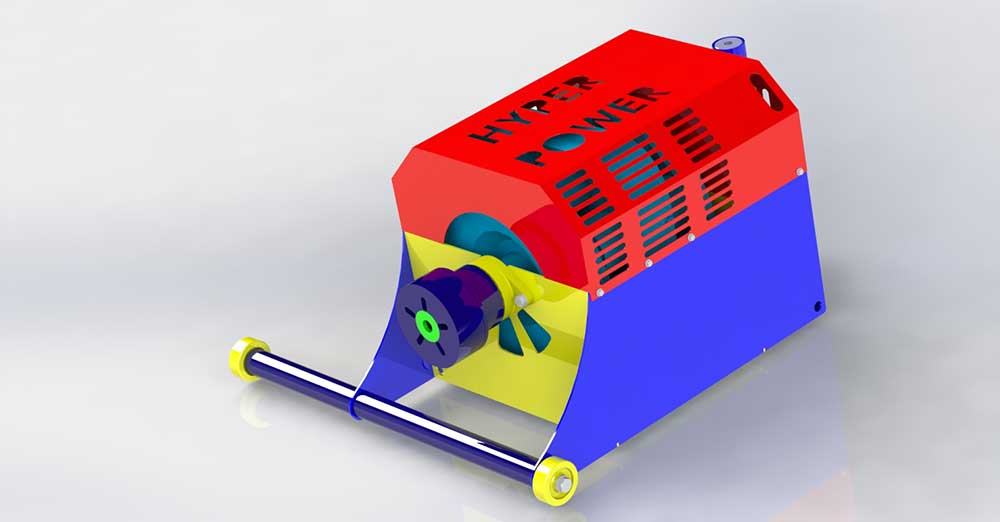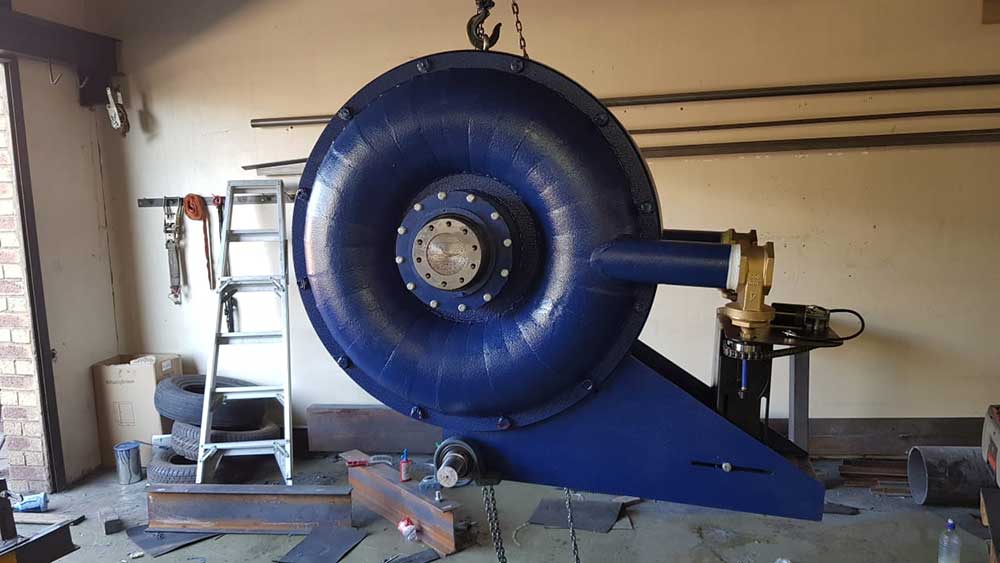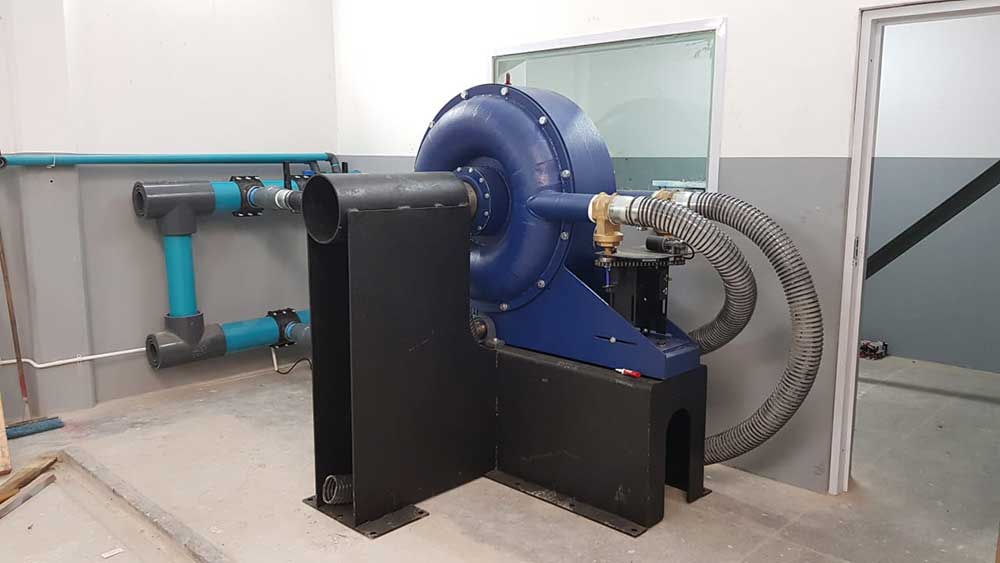
How Dynamometers Enhance Engine Diagnostics and Testing
Necessitating precise measurements, dynamometers unlock the secrets of engine performance, but what else can they reveal about engine diagnostics and testing?
Dynamometer calibration is a vital process that certifies the precision and reliability of force measurement, serving as the foundation for informed decision-making, optimised processes, and guaranteed product quality in diverse industries.
Calibration verifies the accuracy of a dynamometer's measurements through comparison with a known standard, enabling precise force measurement and identification of deviations or errors.
Inaccurate measurements can lead to faulty calibration, resulting in compromised data and potentially disastrous consequences.
Recognising the significance of dynamometer calibration and accuracy is pivotal, and understanding the subtleties of this process reveals the significance of precision and reliability in guaranteeing measurement integrity.
In the sphere of precision measurement, dynamometer calibration is a vital aspect of guaranteeing the accuracy and reliability of test results.
Calibration involves verifying the accuracy of a dynamometer's measurements by comparing them to a known standard. This process adjusts the dynamometer's output to match the standard, guaranteeing that measurements are accurate and reliable.
Accurate calibration is pivotal in multiple industries, including engineering, manufacturing, and research.
A calibrated dynamometer provides precise measurements, necessary for making informed decisions, optimising processes, and guaranteeing product quality. Calibration also helps identify deviations or errors in the measurement system, allowing for prompt corrective action.
To achieve accurate calibration, it is necessary to follow established procedures and guidelines.
This includes selecting the appropriate calibration standard, preparing the dynamometer and test setup, and executing the calibration process in a controlled environment.
Professionals can guarantee that their measurements are reliable, accurate, and trustworthy by grasping the importance of dynamometer calibration.
Accurate measurements are vital in dynamometer calibration, as they directly impact the reliability and precision of force measurement.
Inaccurate measurements can lead to faulty calibration, resulting in compromised data and potentially disastrous consequences.
Thus, it is vital to verify force measurement precision and calibration for accuracy to maintain the highest standards of performance and safety.
Force measurement precision is the cornerstone of reliable data in industries where the stakes are high, such as aerospace, automotive, and manufacturing.
In these industries, even slight deviations in force measurement can have significant consequences for safety, efficiency, and reliability. Accurate force measurement is critical, as it directly impacts the performance and reliability of critical components, such as aircraft engines and automotive systems.
Regular calibration of dynamometers to precise standards is essential to verify accurate force measurement.
In the aerospace industry, for instance, precision calibration across a broad spectrum of 10-15 calibration points is required to guarantee the safety and performance of aircraft engines.
In the automotive industry, calibration focuses on 5-8 points to capture engine performance and emissions subtleties.
A deviation of just 1% in calibration standards can result in significant errors in force measurement, underscoring the need for precise calibration procedures.
Industries can guarantee reliable data, optimize performance, and minimize the risk of error by prioritizing force measurement precision.
Precision calibration forms the backbone of reliable force measurement, as even minute discrepancies can have far-reaching consequences in high-stakes industries.
Inaccurate measurements can lead to faulty product design, compromised safety, and significant financial losses. It is essential to verify that dynamometers are calibrated to provide accurate readings.
Calibration for accuracy involves comparing the dynamometer's output to a reference standard, allowing for any deviations to be identified and corrected.
This process is indispensable in industries such as aerospace, automotive, and construction, where precise force measurement is critical.
Regular calibration guarantees that dynamometers maintain their accuracy over time, providing users with confidence in their measurements.
This, in turn, enables organisations to minimise risks, improve product quality, and maintain a competitive edge in their respective markets.
Ultimately, accurate measurements are reliable, trustworthy, and accurate, driving business success.
Reliability is the cornerstone of precise measurement, and dynamometers are no exception.
To certify accurate results, calibration checks must be performed regularly, with the frequency depending on different factors. For less mobile and more stable equipment, routine checks are sufficient, whereas annual calibration checks are recommended for most applications.
However, in demanding conditions, such as high-temperature or high-humidity environments, or for instruments subject to heavy use or handling, the frequency of calibration may need to be increased.
The calibration process itself differs across industries.
In aviation and aerospace, dynamometers require calibration across a broad spectrum, often requiring 10-15 calibration points.
In contrast, the automotive industry focuses on 5-8 points to capture engine performance and emissions subtleties.
Manufacturing and production industries typically require 3-5 calibration points to guarantee machinery operates within desired parameters.
Calibration schedules should be tailored to meet the specific needs and requirements of each industry, prioritising safety, efficiency, and reliability.
Different industries possess unique requirements for dynamometer calibration, and understanding these standards is crucial for ensuring accurate measurements and optimal performance.
The aviation industry, for instance, demands precision calibration across a broad spectrum, often requiring 10-15 calibration points to certify the highest level of accuracy. In contrast, the automotive industry focuses on 5-8 points to capture engine performance and subtleties.
In the manufacturing and production sector, calibration standards require 3-5 calibration points to guarantee machinery operates within desired parameters.
Calibration standards for medical equipment, such as hand dynamometers, are critical for accurate diagnosis and treatment of patients, with regular calibration recommended every 12 months.
The ASTM E74 protocol, a calibration standard issued in the USA for dynamometers, provides a specific protocol for calibration and guarantees accurate measurements.
Adhering to industry-specific calibration standards is crucial for obtaining reliable data, guaranteeing product quality, and maintaining regulatory compliance. Professionals can ensure accurate measurements and optimal performance in their respective industries through insight into these standards.
To certify measurement consistency, dynamometers must be calibrated against established force measurement standards, which provide a benchmark for accurate and reliable data.
The choice of calibration method is critical, as it directly impacts the precision and repeatability of measurements. By grasping the principles and applications of different calibration methods, industries can maintain the highest levels of measurement consistency and confidence.
Several decades of scientific research and technological advancements have led to the development of precise force measurement standards, which are crucial for guaranteeing measurement consistency across diverse industries and applications.
These standards provide a common language and framework for force measurement, enabling accurate results and reliable comparisons across different testing environments.
The International Organization for Standardization (ISO) has established force measurement standards that outline specific guidelines and protocols for calibrating and verifying dynamometers.
These standards certify that force measurement instruments are accurate, reliable, and consistent, which is critical in industries where safety, quality, and performance depend on precise force measurement.
Users can trust the accuracy of their results and make informed decisions with confidence when adhering to these standards.
Standardized force measurement practices also promote collaboration and data sharing among researchers, manufacturers, and testing laboratories, ultimately driving innovation and progress in multiple fields.
A multitude of calibration methods are employed to guarantee measurement consistency in dynamometers, each with its unique strengths and limitations.
These methods are designed to certify that the dynamometer provides accurate and reliable data, which is critical in multiple industries such as automotive, aerospace, and manufacturing. Calibration verifies that the dynamometer's measurement capabilities are aligned with the required standards, thereby maintaining the integrity of the testing process.
The deadweight method, hydraulic method, and strain gauge method are the most common calibration methods.
The deadweight method involves applying a known weight to the dynamometer, whereas the hydraulic method uses hydraulic pressure to generate force. In contrast, the strain gauge method measures the deformation of the dynamometer's load cell.
Each method has its advantages and disadvantages, and the choice of method depends on the specific application and requirements.
Calibration verifies that the dynamometer provides precise and consistent measurements, which is vital for making informed decisions and ensuring the quality of products.
Users can select the most suitable approach for their specific needs, ultimately leading to improved testing outcomes and increased confidence in the results, if they grasp the different calibration methods.
One hundred per cent accuracy is pivotal in safety-critical industries, and the calibration of dynamometers plays a paramount role in achieving this goal.
Inaccurate measurements from uncalibrated dynamometers can have devastating consequences, including loss of life, damage to property, and environmental disasters.
Proper calibration of dynamometers verifies that measurements are accurate and reliable, which is indispensable for making informed decisions in safety-critical applications.
Calibration detects and corrects errors or biases in the measurement process, reducing the risk of accidents and confirming compliance with industry standards and regulations.
Regular calibration of dynamometers is imperative to maintain the integrity of safety systems and prevent potential hazards.
It identifies and addresses any potential issues before they become major problems, certifying that safety-critical industries can operate with confidence.
Calibration certifies accuracy and reliability, playing a fundamental role in safeguarding people, property, and the environment.
In industries where safety is paramount, calibration is not an option – it is a necessity.
To verify accurate and reliable dynamometer calibration, it is vital to prevent errors and inconsistencies by employing precise force application methods and adhering to calibration procedure fundamentals.
These vital factors can markedly impact the accuracy of the calibration process and ultimately, the reliability of the dynamometer's measurements.
Force application methods play a vital role in dynamometer calibration, as they can substantially impact measurement accuracy.
The manner in which force is applied to a dynamometer markedly influences the precision and reliability of the measurements obtained. Inconsistent or incorrect force application methods lead to errors, compromising the entire calibration process.
It is essential to select a force application method that guarantees consistent and accurate results.
Diverse methods are available, including mechanical, hydraulic, and pneumatic systems. Each method has its advantages and limitations, and the choice of method depends on the specific requirements of the calibration process.
Mechanical systems provide high precision and reliability, whereas hydraulic systems offer high-force capacity and flexibility.
Regardless of the method chosen, verifying that the force is applied uniformly and consistently is key to avoiding errors or inconsistencies. This ensures dynamometer calibration can be performed with confidence, yielding accurate and reliable results.
Accurate force application is merely the initial step in verifying reliable calibration results; a well-structured calibration procedure is equally vital for preventing errors and inconsistencies.
A meticulously planned and executed calibration procedure secures accurate readings, which are vital for precise dynamometer calibration.
To achieve this, it is vital to focus on the following calibration procedure essentials:
Within the domain of dynamometer calibration, maintaining precision and reliability is crucial to guarantee the accuracy of test results and prevent costly errors.
A dynamometer that is not properly calibrated can produce inaccurate data, which can lead to faulty inferences and misguided decisions. Furthermore, unreliable test results can compromise the integrity of research, hinder product development, and even put lives at risk.
Certifying precision and reliability necessitates the implementation of a rigorous calibration procedure that includes regular maintenance, inspection, and verification of the dynamometer's performance.
This involves adhering to established standards and protocols, utilising high-quality calibration equipment, and engaging the expertise of trained professionals. Users can trust the accuracy and reliability of their test results, which is critical in industries where precision and reliability are paramount.
Maintaining precision and reliability enables users to have confidence in their dynamometer's performance, guaranteeing that their test results are accurate, reliable, and trustworthy.
Hyper Dyno adopts a tailored approach to dynamometer calibration, recognising that different industries have unique requirements and standards.
This customised approach guarantees that dynamometers are calibrated to provide accurate and reliable data, supporting quality control efforts and upholding measurement integrity.
To meet the specific needs of diverse industries, Hyper Dyno offers customised calibration solutions that cater to industry-specific standards.
For instance, aviation and aerospace require precision calibration across a broad spectrum, often necessitating 10-15 calibration points, whereas other industries may have different standards.
The frequency of calibration varies depending on factors such as instrument use, environmental conditions, and critical nature of measurements.
Routine checks are sufficient for less mobile and more stable equipment, whereas more frequent calibration is required for equipment that is subject to harsh environmental conditions or critical applications.
Hyper Dyno's customised solutions help maintain the high standards of safety, efficiency, and reliability required in diverse sectors, such as aviation, automotive, and manufacturing.
Accurate data provision is ensured through tailored calibration standards that meet the specific needs of each industry, guaranteeing that dynamometers provide accurate and reliable data, supporting quality control efforts and upholding measurement integrity.
Precise measurement is the cornerstone of industries where safety, efficiency, and reliability are paramount.
Calibration plays a fundamental role in maintaining trust in precision measurement, as a well-calibrated dynamometer guarantees accurate and reliable data. This data is paramount in making informed decisions, and calibration helps detect and correct any deviations from the standard.
In industries such as aviation, automotive, and manufacturing, accurate and reliable data is indispensable.
Calibration verifies that equipment functions properly, establishing a safe working environment and facilitating quality control, research, and development, and production. The frequency of calibration depends on several factors, including instrument use, environmental conditions, and the critical nature of measurements.
Trust in precision measurement is paramount in industries where safety, efficiency, and reliability are paramount.
Calibration is fundamental in maintaining this trust, providing accurate and reliable data that informs decision-making and guarantees optimal performance.
The importance of dynamometer calibration and accuracy cannot be overemphasised. At Hyper Power, we understand that calibration is crucial in verifying that dynamometers provide reliable and consistent measurements, which is vital in various industries. Inaccurate measurements can lead to errors, inconsistencies, and compromised product quality.
To maintain precision and reliability, regular calibration checks, adherence to industry-specific standards, and Custom Dyno Solutions are essential. Our team can provide Installation and Setup, Training and Certification, Technical Support and Maintenance, Software Updates and Upgrades, Diagnostics and Performance Analysis, Rental Services, Dynamometer Testing Services, and Accessories and Parts to ensure the integrity of your measurement processes.
If you have any questions about our services, please do not hesitate to contact us at Hyper Power. By prioritising dynamometer calibration and accuracy, industries can guarantee the quality of their products.

Necessitating precise measurements, dynamometers unlock the secrets of engine performance, but what else can they reveal about engine diagnostics and testing?
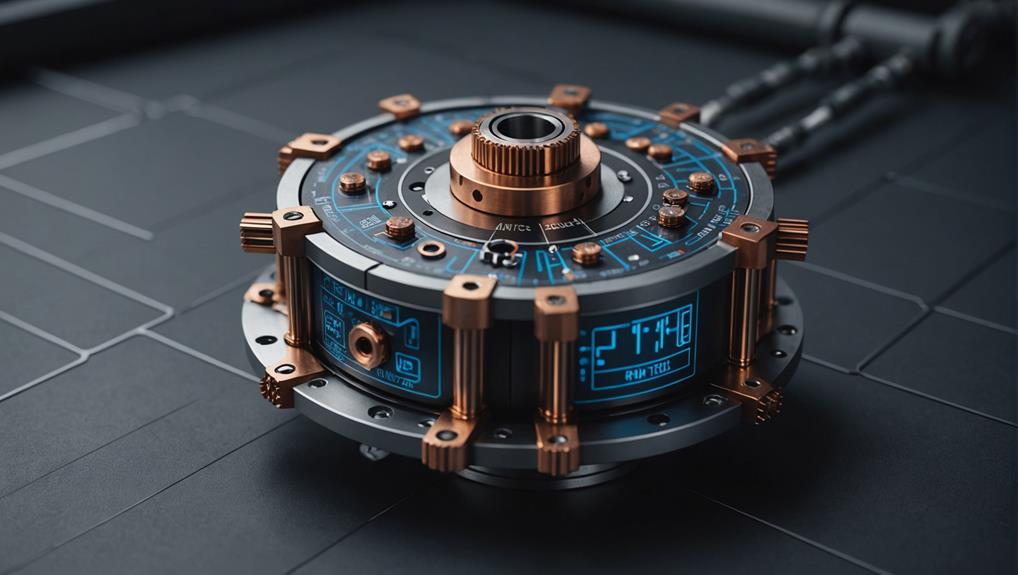
Navigating the complexities of torque measurement requires a deep understanding of the underlying principles and mechanisms to ensure accurate results.

Precise control and optimization of engine performance await, but only for those who unlock the secrets of dynamometer-driven data analysis.

Gaining insight into the differences between inertia and brake dynamometers is crucial for ensuring accurate testing results in various industries.
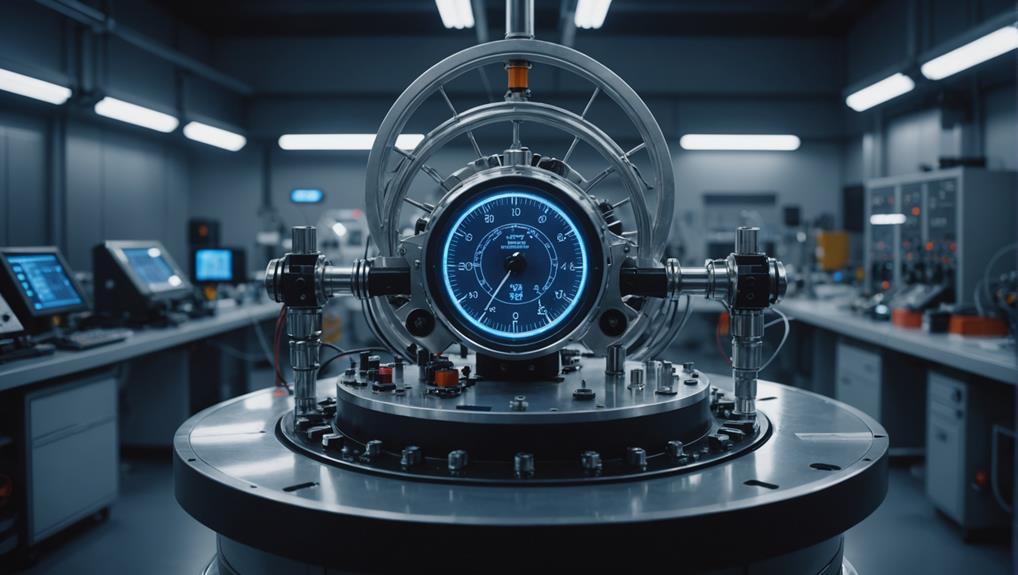
Tapping into the precise measurement capabilities of dynamometers, uncover the secrets to optimizing fuel efficiency and slashing emissions in the automotive industry.

Witness the importance of rigorous safety protocols and best practices in dynamometer testing to avoid catastrophic failures and ensure accurate results.
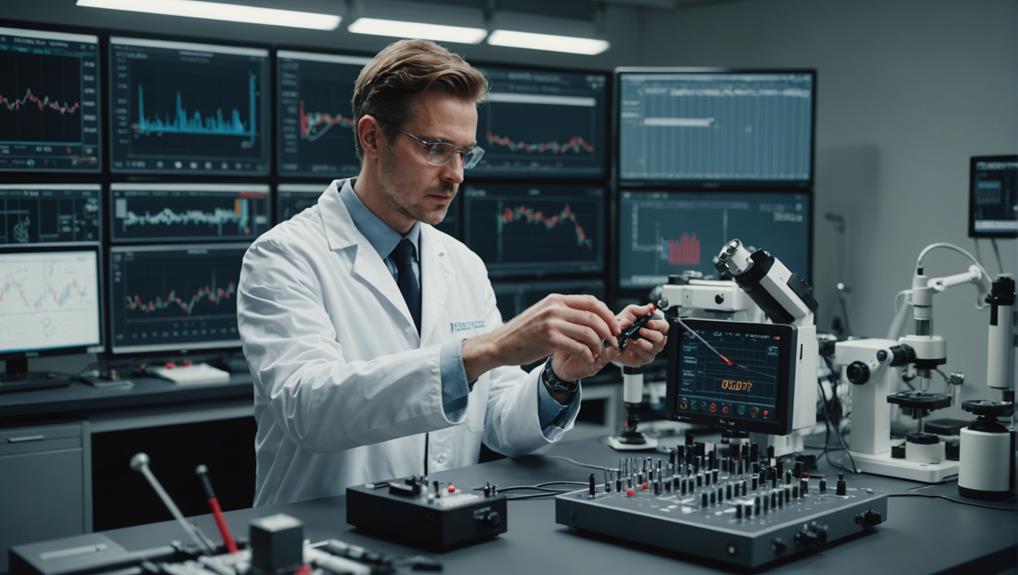
Harnessing the nuances of precision measurement is crucial to avoiding costly errors in dynamometer testing, but what are the key factors to consider?

Witness the transformative power of dynamometers in unlocking your vehicle’s hidden performance potential, but only if you know how to harness their precision.


